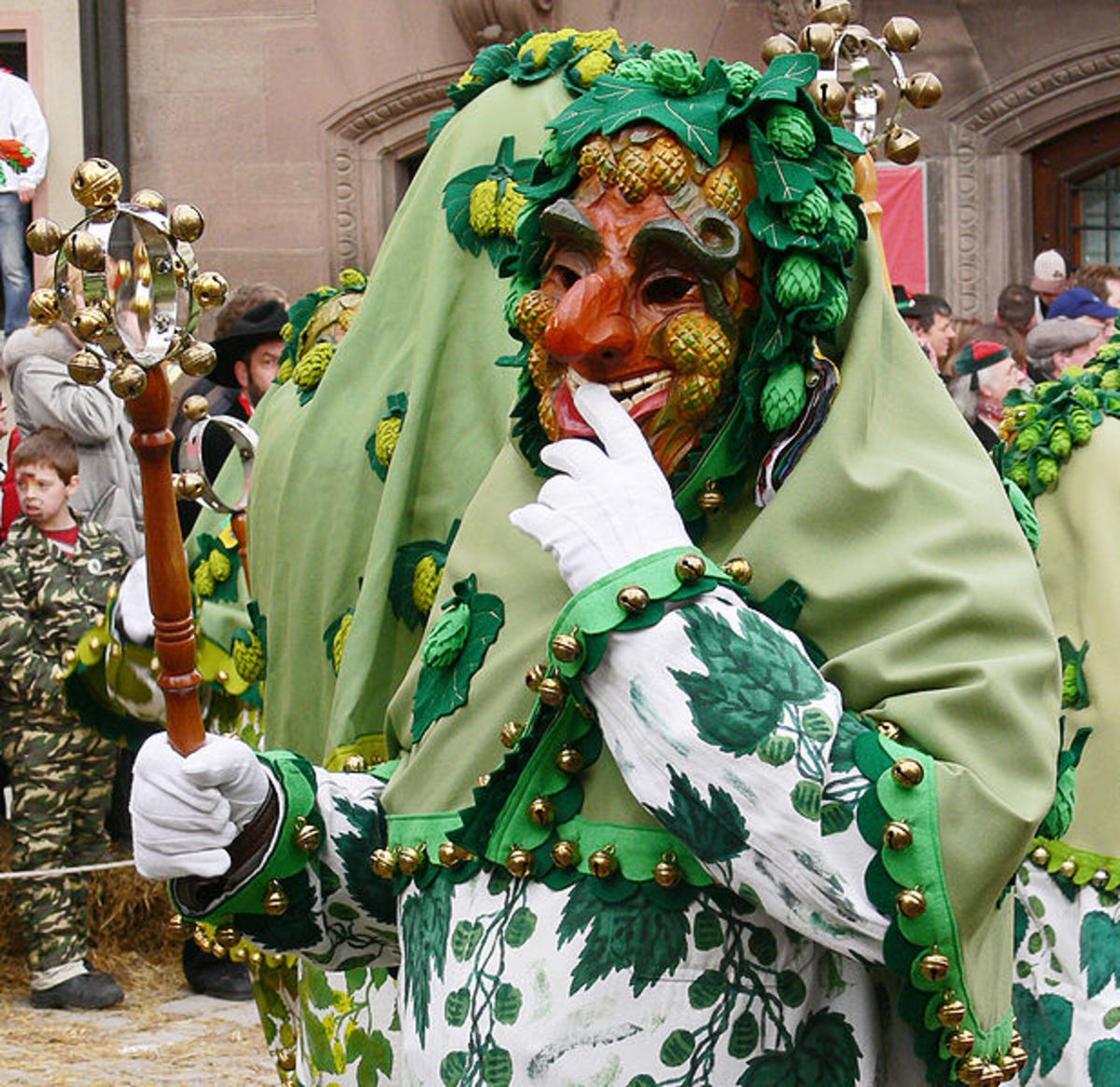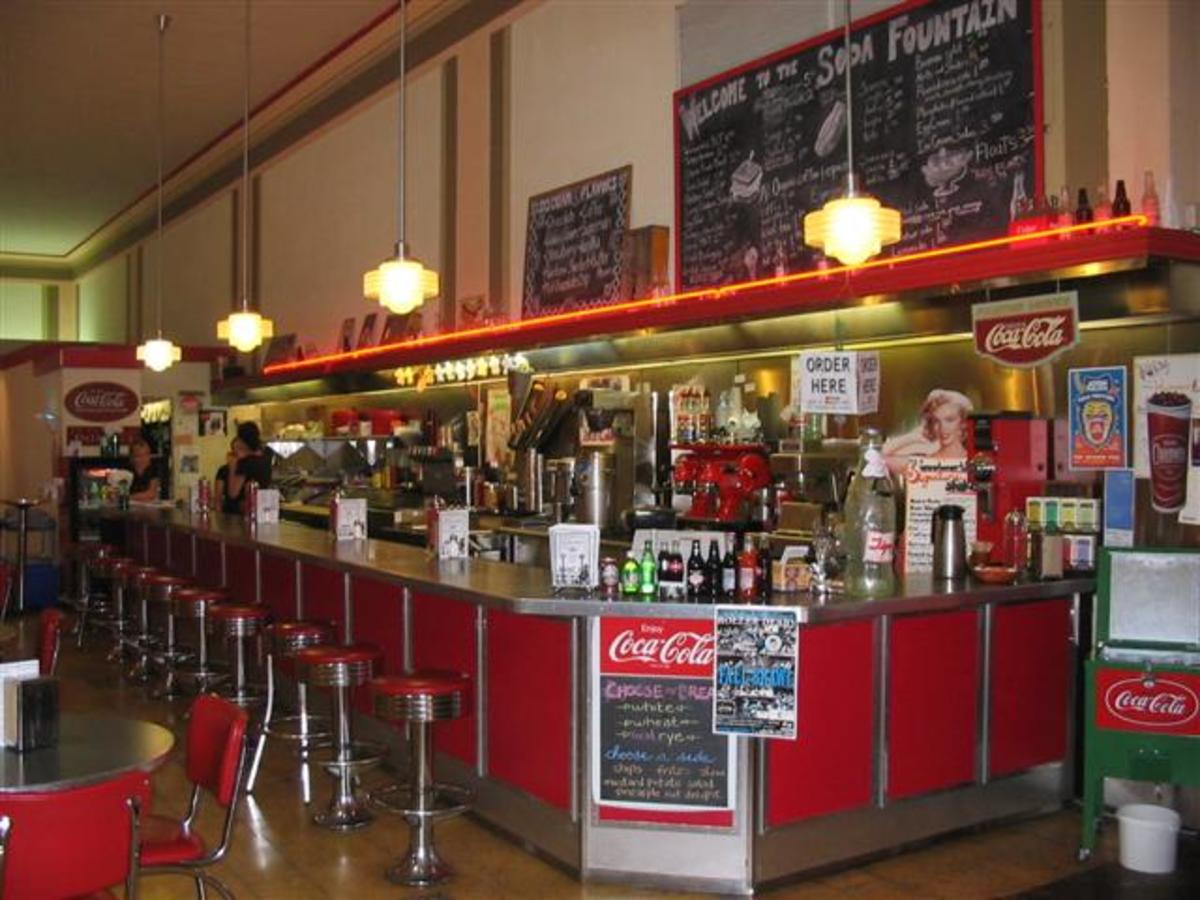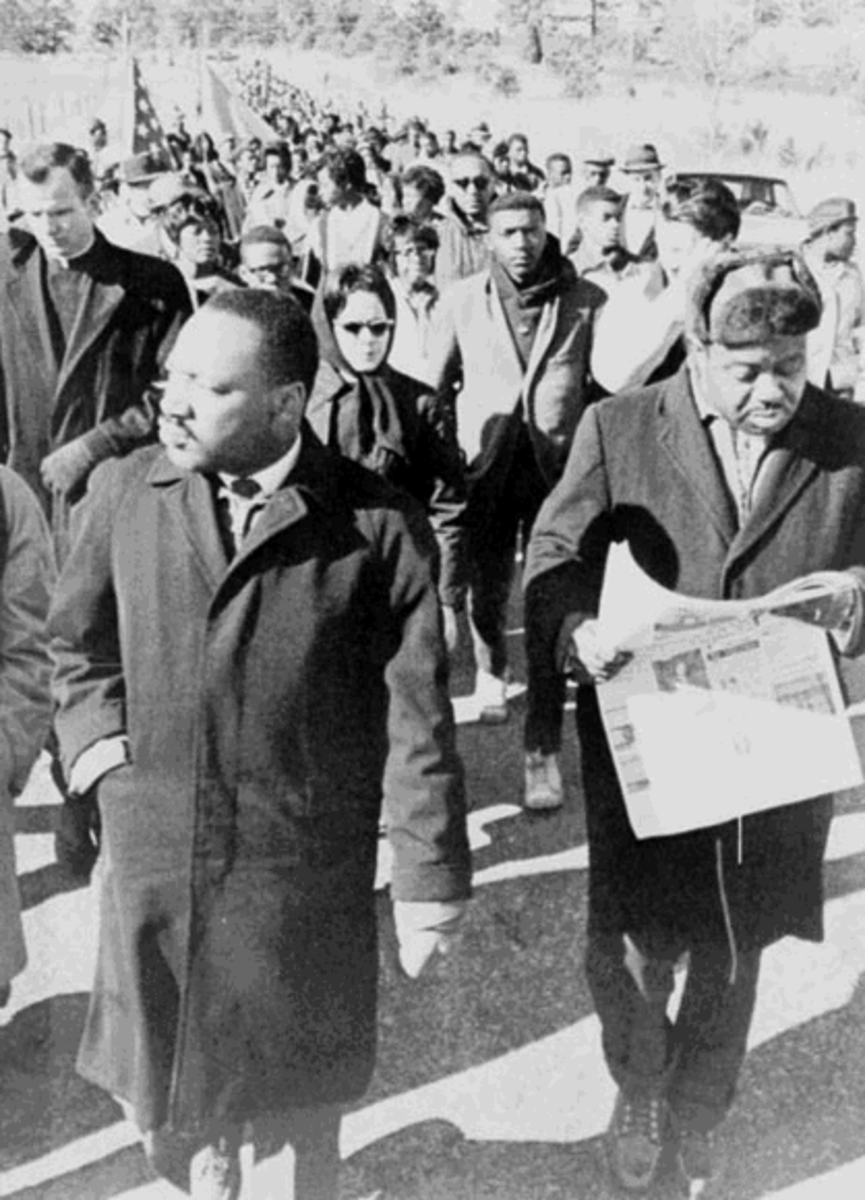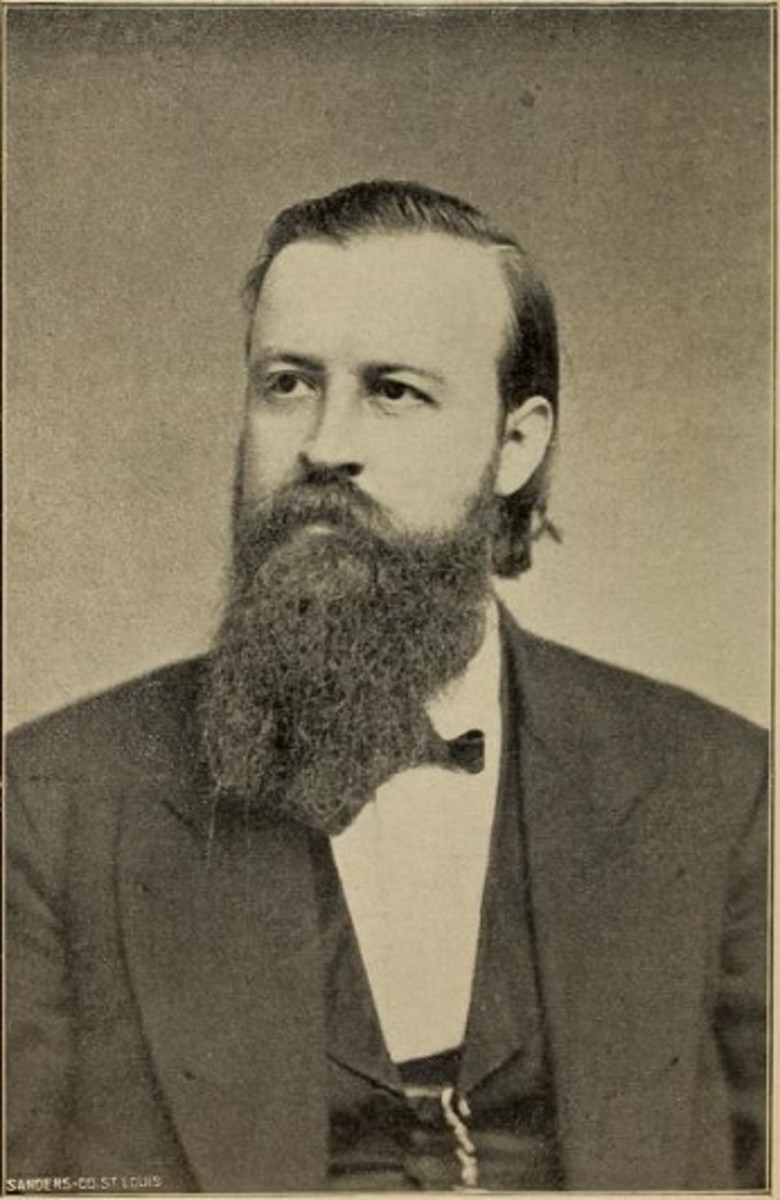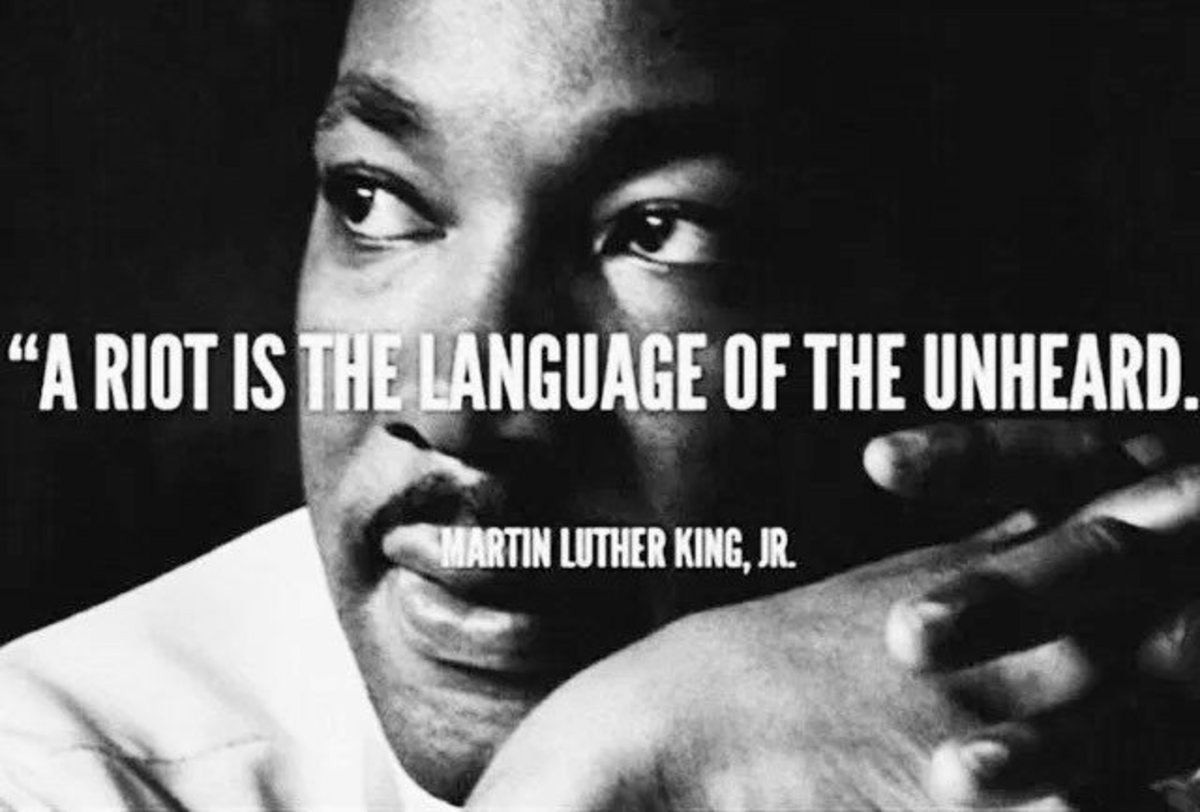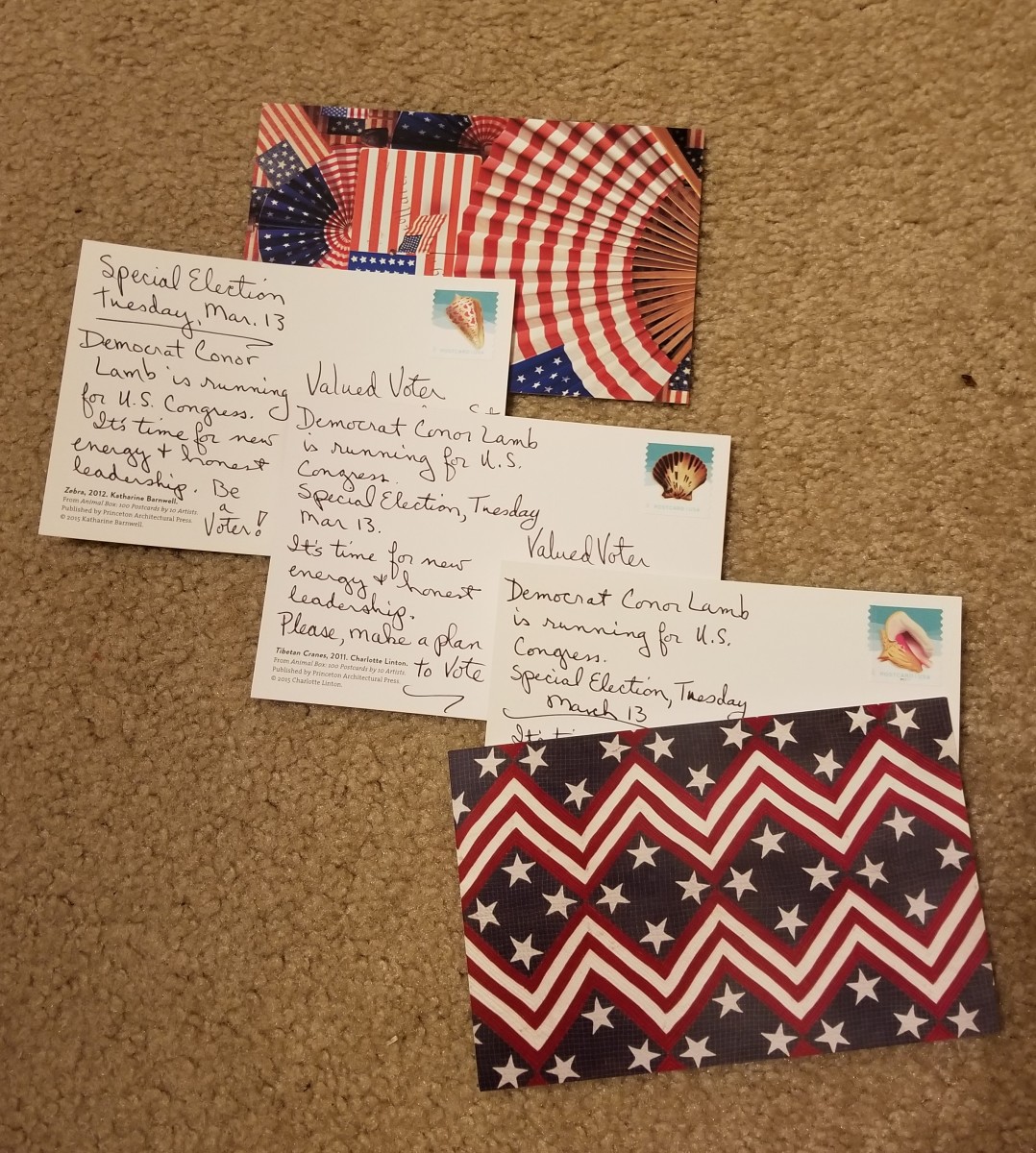Ode To Anne Moody-Civil Rights Activist
Anne Moody
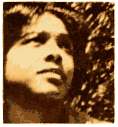
Anne Moody was a black hero,
That too many folks don’t know.
She grew up poor and black,
With segregation on her back.
She saw such degradation
From vile discrimination.
Murder, arson, intimidation,
With premeditation without provocation.
She joined the NAACP,
And another group known as CORE
They had a memorable sit-in,
At a Mississippi Woolworth store.
As one racist made a noose.
Anne bowed her head to pray.
Then all hell broke loose,
As more racists joined the melee.
They slapped her face
They threw her on the floor.
She got back into place
And took a whole lot more.
With ketchup and mustard she was smeared.
By this mob that was worse than weird.
They dragged her toward the door,
Thirty feet by her hair across the floor.
This mob of cowardly predators,
Spray painted the demonstrators.
Friend after friend was taken down.
There was blood and mayhem all around.
For three hours Anne and her friends took abuse.
And once again the authorities were of no use.
Ninety policemen were standing outside.
They watched the brutality and let it ride.
She stood against the evil sin.
Of judging by the color of the skin.
She complied with her civil rights duty.
Let’s remember the great Anne Moody!
Greensboro, NC Woolworth Lunch Counter Sit-it
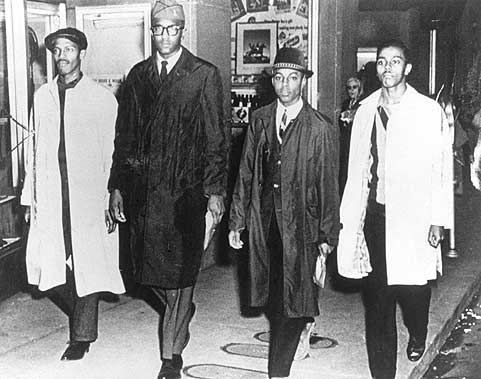
February 1, 1960
February 1, 2010 is the 50th anniversary of the lunch counter sit-in at Woolworth’s in Greensboro, NC. Four African Americans sat down at the lunch counter and asked to be served. They were refused service but their passive resistance helped ignite a youth-led movement to challenge racial inequality in the South.
Ezell A. Blair, Jr. (now Jibreel Khazan), Franklin E. McCain, Joseph A. McNeil, and David L. Richmond leave the Woolworth store after the first sit-in on February 1, 1960.
Woolworth's-Jackson Mississippi-May 28,1963
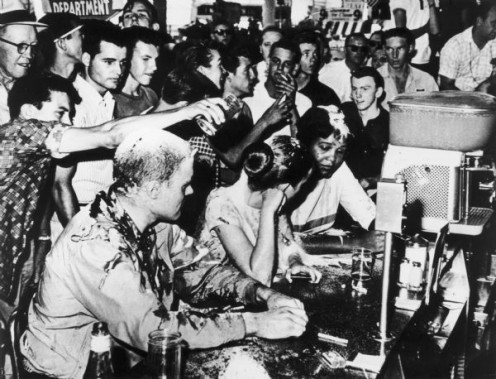
Three years later it didn't go as smoothly for Anne Moody and her friends!
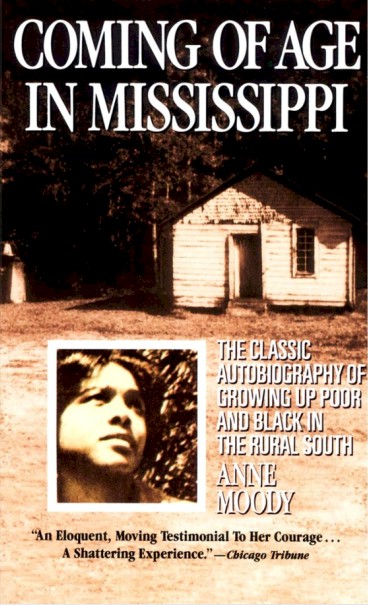
Anne Moody was born Essie Mae Moody September 15, 1940. Her name was changed as the result of a mistake with a diploma. She enjoyed the name Anne more than Essie. She is an African-American author and wrote her auto-biography, "Coming of Age in Mississippi". Anne Moody wrote about her experiences growing up poor and black in rural Mississippi, joining the Civil Rights Movement, and fighting racism in the United States beginning in the 1960s.
She was the eldest of nine children. At an early age her parents split. She grew up with her mother in Centreville, Mississippi. Her father lived in nearby Woodville. At a young age she worked for white families in the area, cleaning their houses and helping their children with homework for only a few dollars a week. She earned perfect grades in school and helped at church. Growing up she often heard stories of interracial sexual abuse, miscegenation, lynching, murder, arson, and other acts of racial intimidation. She graduated with honors from an all-black high school. She attended all black Natchez Junior College in 1961 under a basketball scholarship.
Anne went on to attend Tougaloo College on an academic scholarship and attained a full degree. At Tougaloo, she became involved with the "Congress Of Racial Equality" (CORE), NAACP, and the Student Nonviolent Coordinating Committee. After graduating, Moody became a full-time worker in the Civil Rights Movement, participating in a Woolworth's lunch counter sit-in and protests in Jackson, Mississippi. She worked for CORE during Freedom Summer, in the volatile town of Canton, Mississippi.
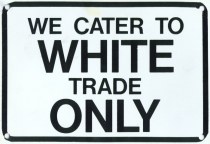
The Book "Coming of Age In Mississippi" is a very honest portrayal of life in the racial South as Anne Moody was growing up. One will need to buy the book to appreciate life as she and many other knew it.
Page 1-First paragraph:
I’m still haunted by dreams of the time we lived on Mr. Carter’s plantation. Lot’s of Negroes lived on his place. Like Mama and Daddy they were all farmers. We all lived In rotten wood two-room shacks. But ours stood out from the others because it was up on the hill with Mr. Carter’s big white house, overlooking the farms and the other shacks below. It looked just like the Carters’ barn with a chimney and porch, but Mama and Daddy did what they could to make it livable. Since we only one big room and a kitchen, we all slept in the same room. It was like three rooms in one. Mama them slept in one corner and I had my little bed in another corner next to one of the big wooden windows. Around the fireplace a rocking chair and a couple of straight chairs formed a sitting area. This big room had plain, dull-colored wallpaper tacked loosely to the walls with large thumbtacks. Under each tack was a piece of cardboard which had been taken from shoeboxes and cut into little squares to hold the paper and keep the tacks from tearing through. Because there were not enough tacks, the paper bulged in places. The kitchen didn’t have any wallpaper and the only furniture in it was a wood stove, an old table and a safe.
Page 19-Seventh paragraph
“Mama, them two boys over at Winnie’s, Ed say they is his brothers. Is they your brothers?”
“What boys?” Mama asked.
“Over at Winnie’s. They got two boys living with her about my size and they is the same color as Miss Cook…”
“What did y’all do over at Winnie’s today? Was Winnie home?” Mama asked as if she hadn’t heard me.
“No, she was at work. Wasn’t nobody there but Alberta and those two boys…”
“What was Alberta doing?” Mama asked.
“She was washing and we toted water from the pond for her. Them boys is some nice and they say they is kin to us. Ain’t they your brothers, Mama?”
“Look, don’t be so stupid! If they’s Winnie’s children and I’m Winnie’s too, don’t that make us sisters and brothers?” Mama shouted at me.
“But how come they look like Miss Cook and Winnie ain’t that color and Alberta ain’t that color and you…”
“Cause us daddy ain’t that color! Now you shut up! Why you gotta know so much all the time? I told Ed not to take y’all to Winnie’s,” she shouted.
Mama was so mad that I was scared if I asked her anything else she might hit me, so I shut up. But she hadn’t nearly satisfied my curiosity at all.
Page 26-Third paragraph
After the movie incident, the white children stopped playing in front of our house. For about two weeks we didn’t see them at all. Then one day they were there again and we started playing. But things were not the same. I had never really thought of them as white before. Now all of a sudden they were white, and their whiteness made them better than me. I now realized that not only were they better than me because they were white, but everything they owned and everything connected with them was better than what was available to me. I hadn’t realized before that downstairs in the movies was better than upstairs. But now I saw that it was. Their whiteness provided them with a pass to downstairs in that nice section and my blackness sent me to the balcony.
Now that I was thinking about it, their schools, homes, and streets were better than mine. They had a large red brick school with nice sidewalks connecting the buildings. Their homes were large and beautiful with indoor toilets and every other convenience that I knew of at the time. Every house I had ever lived in was a one or two-room shack with an outdoor toilet. It bothered me that they had all these nice things and we had nothing. “There is a secret to it besides being white,” I thought. Then my mind got all wrapped up in trying to uncover that secret.
Page 107-Chapter 10 -Ninth paragraph- high school
Before Emmet Till’s murder, I had known the fear of hunger, hell, and the Devil. But now there was a new fear known to me-the fear of being killed just because I was black.
Page 115-Chapter 10 -Eleventh paragraph- high school
“Didn’t you smell that gasoline?” I heard a lady who lived in the quarters say.
“That house didn’t just catch on fire. And just think them ________ burned up a whole family,” another lady said.
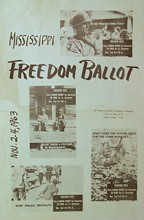
Page 236-Chapter 22 -Eleventh paragraph- the movement- May 28,1963
Seconds before 11:15 we were occupying three seats at the previously segregated Woolworth’s lunch counter. In the beginning the waitresses seemed to ignore us, as if they really didn’t know what was going on. Our waitress walked past us a couple of times before she noticed we had started to write our own orders down and realized we wanted service. She asked us what we wanted. We began to read to her from our order slips. She told us that we would be served at the back counter, which was for Negroes.
“We would like to be served here,” I said.
The waitress started to repeat what she had said, then stopped in the middle of the sentence. She turned the lights out behind the counter, and she and the other waitresses almost ran to the back of the store, deserting all their white customers.
Page 237-Chapter 10 -Third paragraph- high school
At noon, students from a nearby white high-school started pouring into Woolworth’s. When they first saw us they were sort of surprised. They didn’t know how to react. A few started chanting all kinds of anti-Negro slogans. We were called a little bit of everything. The rest of the seats except the three we were occupying had been roped off to prevent others from sitting down. A couple of the boys took one end of the rope and made it into a hangman’s noose. Several attempts were made to put it around our necks. The crowds grew more as more students and adults came in for lunch.
We kept out eyes straight forward and did not look at the crowd except for occasional glances to see what was going on. All of a sudden I saw a face I remembered-the drunkard from the bus station sit-in. My eyes lingered on him just long enough for us to recognize each other. Today he was drunk too, so I don’t think he remembered where he had seen me before. He took out a knife, opened it, put it in his pocket, and then began to pace the floor. At this point, I told Memphis Norman and Pearlena Lewis what was going on. Memphis suggested that we pray. We bowed our heads, and all hell broke loose. A man rushed forward, threw Memphis from his seat, and slapped my face. Then another man who worked in the store threw me against an adjoining counter.
Down on my knees on the floor, I saw Memphis lying near the lunch counter with blood running out of the corners of his mouth. As he tried to protect his face, the man who’d thrown him down kept kicking him against the head. If he had worn hard-soled shoes instead of sneakers, the first kick would have killed Memphis. Finally a man dressed in plain clothes identified himself as a police officer arrested Memphis and his attacker.
Pearlena had been thrown to the floor. She and I got back on our stools after Memphis was arrested. There were some white Tougaloo teachers in the crowd. They asked Pearlena and me if we wanted to leave. They said things were getting too rough. We didn’t know what to do. While we were trying to make up our minds, we were joined by Joan Trumpauer. Now there were three of us and we were integrated. The crowd began to chant, “Communists, Communists, Communists.” Some old man ordered the students to take us off the stools.
“Which one should I get first?” a big husky boy said.
“That white n____r,” the old man said.
The boy lifted Joan from the counter by her waist and carried her out of the store. Simultaneously, I was dragged about thirty feet toward the door by my hair when someone made them turn me loose. As I was getting up off the floor, I saw Joan coming back inside. We started back to the center of the counter to join Pearlena. Lois Chaffee, a white Tougaloo faculty member was now sitting next to her. So Joan and I just climbed across the rope at the front end of the counter and sat down. There were now four of us, two whites and two Negroes, all women. The mob started smearing us with ketchup, mustard, sugar, pies, and everything on the counter. Soon Joan and I were joined by John Salter, but the moment he sat down he was hit on the jaw with what appeared to be brass knuckles. Blood gushed from his face and someone threw salt into the open wound. Ed King, Tougaloo’s chaplain, rushed to him.
At the other end of the counter, Lois and Pearlena were joined by George Raymond, a CORE field worker and a student from Jackson State College. Then a Negro high-school boy sat down next to me. The mob took spray paint from the counter and sprayed it on the new demonstrators. The high-school student had on a white shirt; the word “n____r” was written on his back with red spray paint.
We sat there for three hours taking a beating when the manager decided to close the store because the mob had begun to go wild with stuff from other counters. He begged and begged everyone to leave. But even after fifteen minutes of begging, no one budged. They would not leave until we did. Then Dr. Beittel, the president of Tougaloo College, came running in. He said he had just heard what was happening.
About ninety policemen were standing outside the store; they had been watching the whole thing through the windows, but had not come in to stop the mob or do anything.
Page 244-Chapter 22 -Second paragraph- the movement
Our cell didn’t have a curtain over the shower. Every time the cops heard the water running, they came running to peep. After the first time, we fixed them. We took chewing gum and toilet tissue and covered the opening in the door. They were afraid to take it down. I guess they thought it might come out in the newspaper. Their wives wouldn’t have liked that. Peep through a hole to see a bunch of n____r girls naked? No! No! They certainly wouldn’t have liked that.
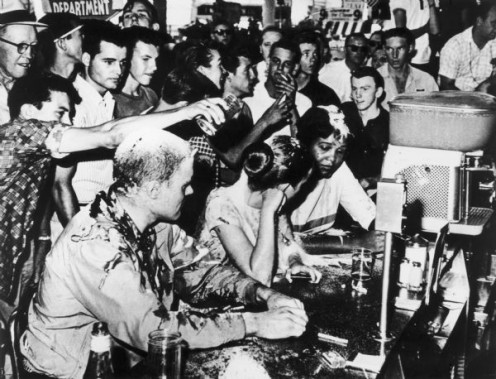
Memphis Norman and Pearlena Lewis, Joan Trumpauer, George Raymond
The Snow Continues To Fall
- The Snow Continues To Fall
The snow continues to fall. Does it tend to temper us all? Does adverse weather sometimes become The tool that is needed to humble some? To make us better and make us strong. To better...
Muhammed Ali
- Muhammed Ali
Muhammad Ali was born Cassius Marcellus Clay Jr. on January 17, 1942. He is certainly considered one of the worlds greatest heavy weight fighters ever. He won the gold medal in the 1960 Olympics in...
The Soldiers Fate
- The Soldier's Fate
The famous leaders will pontificate. The powers that be will orchestrate. There are those who will only delegate. Orders are given by the Heads of State. Bloodshed is what they ultimately...
Charleston, SC-Micks Pics
- Charleston, SC-Mick's Pics
Out in the distance is the Ravenel Bridge connecting Charleston with Mount Pleasant. The "bridge" is host to "Wonders Way" which is named after Garrett Wonders. He was struck and killed while riding a...
Charleston, SC-Wonders Way-Micks Pics
- Charleston. SC-Wonders Way-Mick's Pics
If you come to the New Charlestown Theres so much to see as you look around. But theres quite a wonderful place to play. Its over the Cooper River. They call it Wonders Way. Its named...
Losing Our Shoes
- Losing Our Shoes
We sought a safe harbor or simple haven. We found it in the bistro of the Raven. We shared our tuna and shrimp tacos, In the little tavern known as Poe's. I remember the clamor of the crowd. ...
Lines In The Sand
- Lines In The Sand
Theres a line drawn in the sand. It's a point where each has to make a stand. Its there for every woman, every man. Its not like we haven't known before-hand. ...
Ode To A Unicorn
- Ode To A Unicorn
The Last Unicorn by Dolphy Once upon a time I loved a pretty Unicorn As pretty as any that the sun would adorn. This mysteriously beautiful creature Never had a horn or any odd feature. Her beauty...

